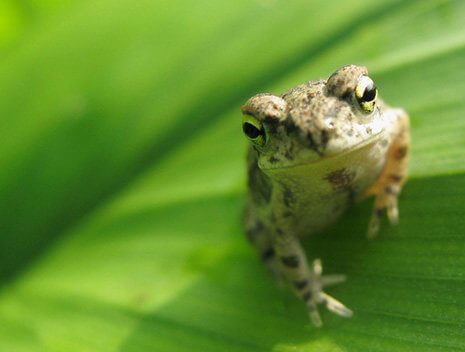Dissection Coming to an End in India
Update: Following collaborations with PETA India and supportive Member of Parliament Maneka Gandhi, the University Grants Commission (UGC) has now banned dissection and experimentation in university and college zoology and life sciences courses at the undergraduate and postgraduate levels, an improvement to the partial ban it issued in 2011. The UGC’s panel of experts agreed with the findings presented by PETA that showed that in nearly every published study, modern non-animal methods, including interactive computer simulations, teach anatomy and complex biological processes as well as—and often better than—cruel, archaic animal experiments. The UGC is the apex regulatory body for higher education in the country, and its decision will have to be strictly implemented by the universities. Each school will have one month to submit a report confirming its compliance with the new regulations.
The following was originally published on March 25, 2011:
Indian frogs are jumping up and down on their lily pads as Indian colleges and universities prepare to end classroom dissections in zoology and life-sciences courses.
Dr. B.K. Sharma has served on an expert committee to compare dissection to modern approaches to science education. According to Dr. Sharma, the University Grants Commission (UGC)—the regulatory body for higher education in India—has chosen to take a stand against dissection by accepting the expert committee’s recommendation that zoology and life-science students in India should no longer be required to perform dissections.
The move follows PETA India’s extensive campaign to urge the UGC and its expert committee to do away with dissection requirements. If implemented, the change could save the lives of approximately 19 million animals each year. The UGC has now sent its recommendation to India’s Department of Science and Technology for its input before the ban becomes official.
“The negative impact of this organized violence on young minds is already under scrutiny from psychologists and psychiatrists,” says Dr. Sharma. “For this reason, I propose that the social science concept of ahisma, or nonviolence, be brought into life-sciences education if we wish to keep our reputation as a nation with traditional values and a compassionate disposition.”
The UGC’s panel of experts came to the same conclusion as has nearly every published study: Modern non-animal methods such as computer simulations, interactive CD-ROMs, films, charts, and lifelike models teach anatomy and biology as well as or better than do archaic and cruel animal laboratories. And it isn’t just frogs who will be spared—mice, rats, guinea pigs, and rabbits have all suffered and died in university laboratories. As an added bonus, schools will no longer be required to spend money on animals for dissections in zoology and life-science courses, so more funds should be available for other academic programs.
Unfortunately, dissection remains legal stateside—for now. If you know of a student who is under pressure to dissect animals, check out peta2’s wealth of information on dissection for each grade level.
Written by Michelle Sherrow


